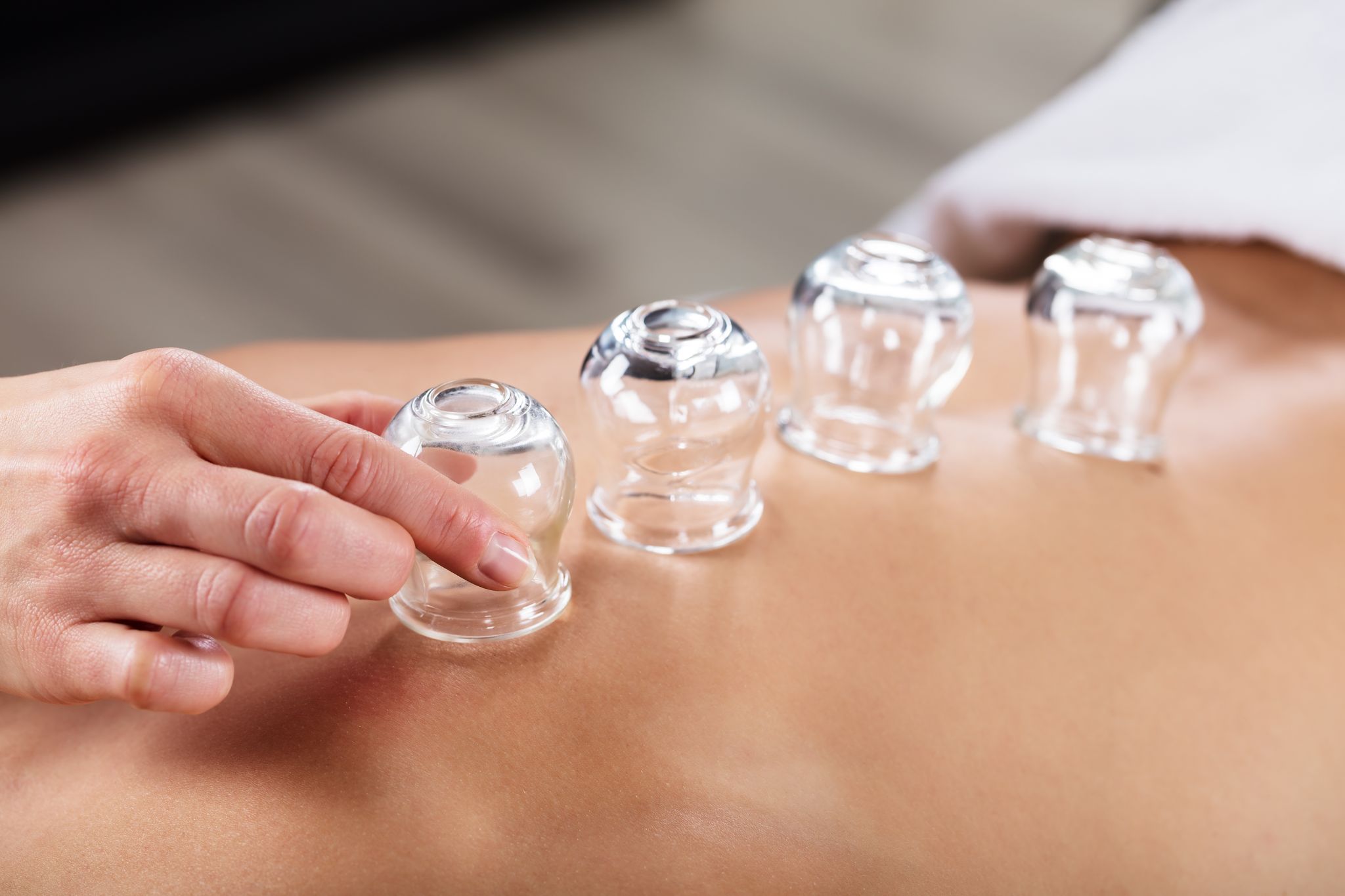Cupping like other practices within Chinese medicine has been used continuously for thousands of years. The first written reference to cupping dates back to a book discovered in an ancient tomb from the Han dynasty (206 BC – 220 AD). It is a method of massage that today involves the use of glass or plastic cups. A vacumn is created within the cups that are placed on the skin. This has an action of stimulating the local blood and lymph flow. The skin is slightly pulled up and it is a generally very well tolerated technique. Cupping therapy is suitable for the relief of pains including arthritic pains, and digestive, respiratory and circulatory problems. Cups vary in size from the tiniest at 1cm diameter up to 9cm in diameter.

Gua Sha is another equally ancient method of massage. It involves scraping the skin with a tool (I use a rice spoon) to create friction that increases the flow of blood (and hence increases oxygen) to the local area. Again, this technique like that of cupping helps to relieve muscular tension and thus helps to alleviate pain. I was responsible for introducing Gua Sha into the teaching curriculum at the London College of Acupuncture in 2006.
Please note that cupping and gua sha both create ‘sha’ or a red mottling of the skin. This is mainly painless and usually disappears after 2-5 days but can sometimes look a bit alarming!
I also use acupressure massage in conjunction with cupping & gua sha. This involves using massage techniques that take the acupuncture meridians into consideration.
Combining these techniques acts both therapeutically and diagnostically. Together they help me to not only relieve someone’s pain but they also give me information about the location and nature of someone’s pain; this helps me to better decide where to place the acupuncture needles.
